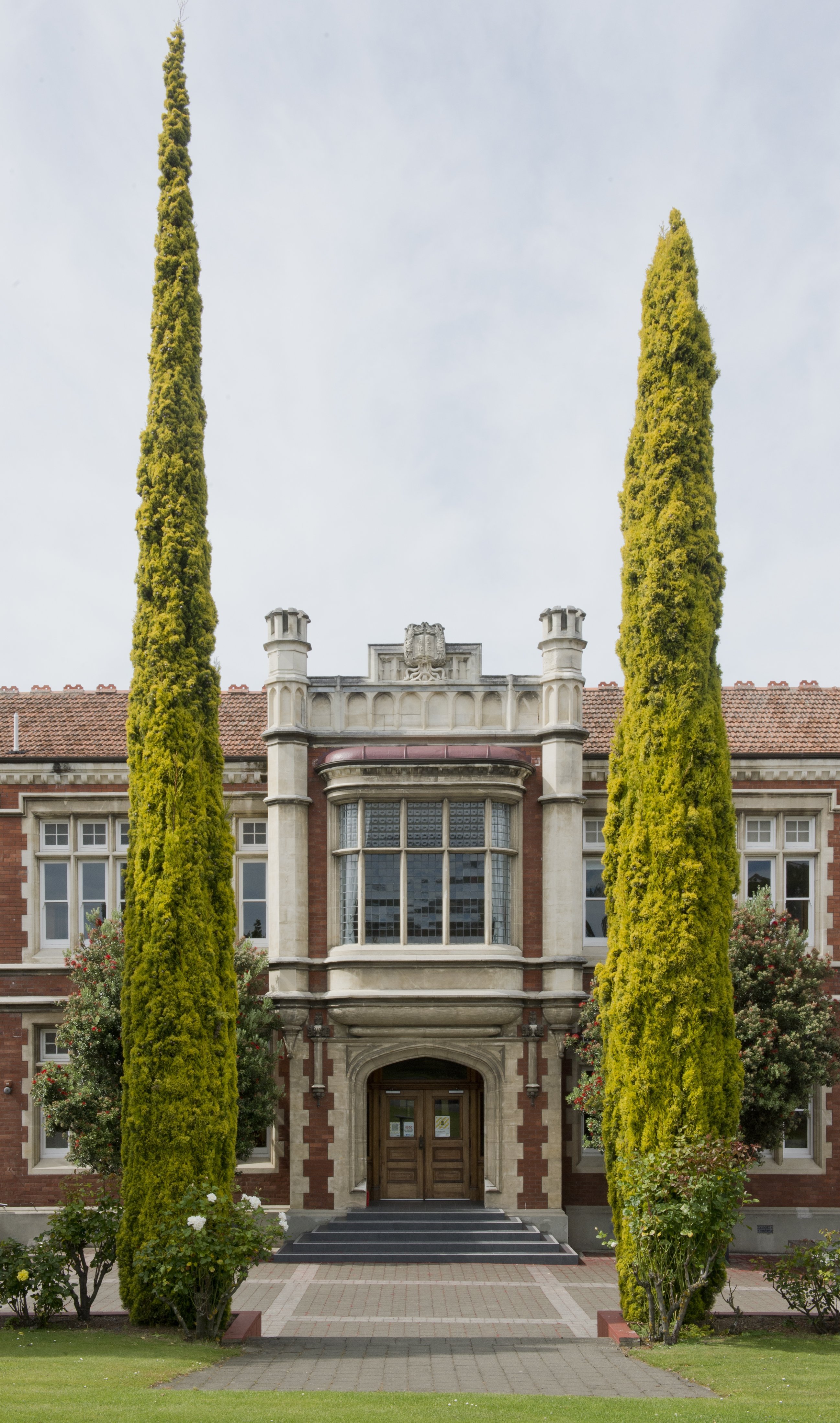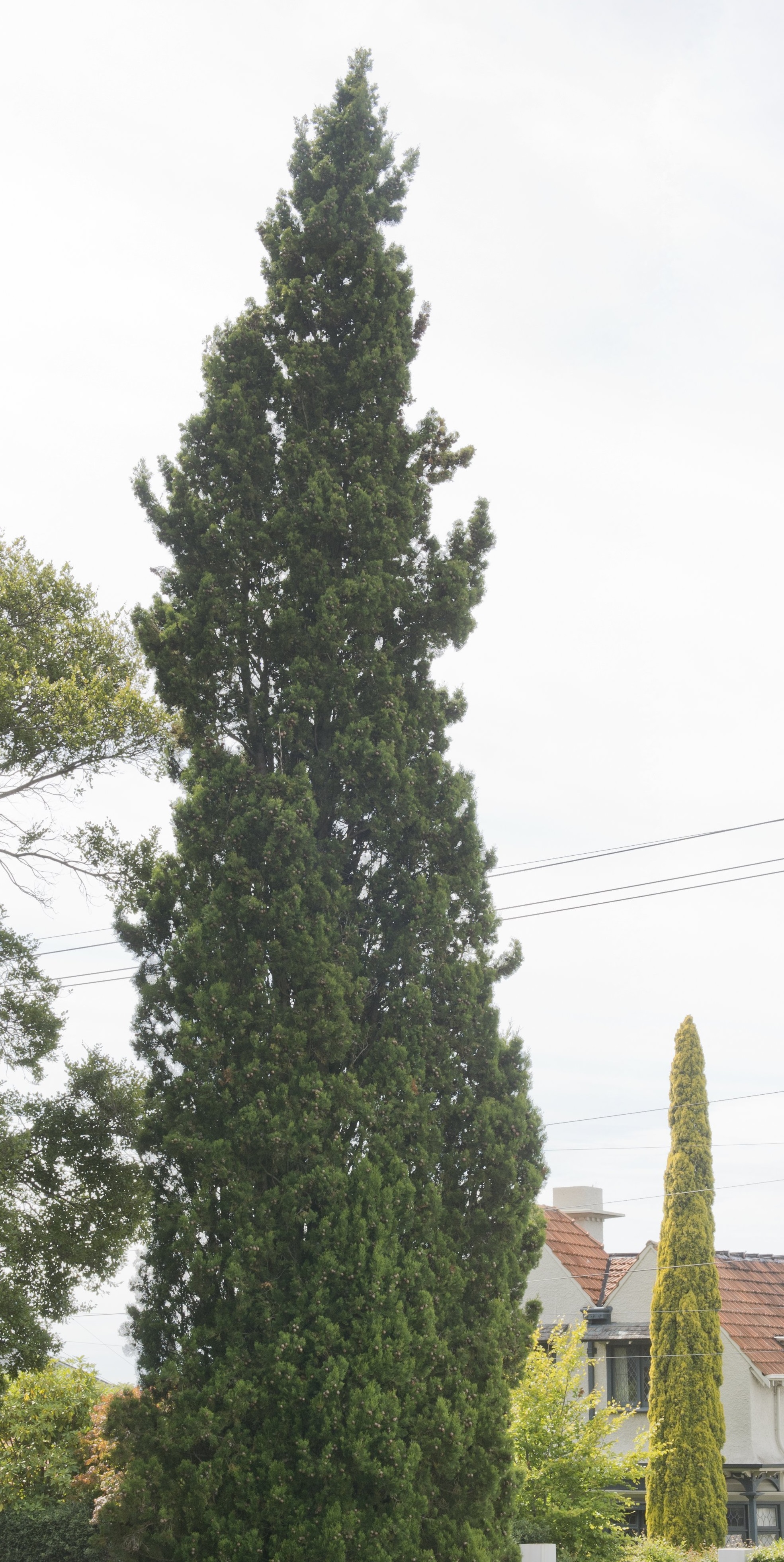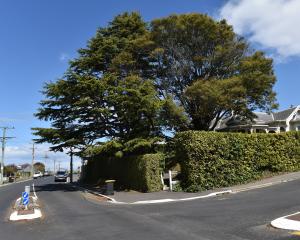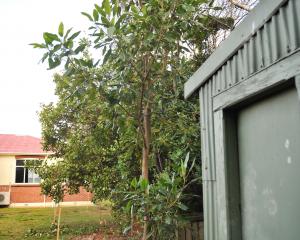

As it happens, a botanical exclamation mark is one of the most potent living symbols of the Classical era. Wherever we see tall, dark and handsome Italian cypresses (Cupressus sempervirens ‘Stricta’) growing, we’re instantly transported to the sunny shores of the Mediterranean - especially the ruins, vineyards and settlements with ties to ancient Rome and ancient Greece.
The species Cupressus sempervirens (literally ‘cypress always green’ or ‘evergreen cypress’) grows naturally throughout the eastern Mediterranean and in Iran.
According to Jewish and Christian traditions, its wood was used to build Noah’s Ark and parts of the Temple of Solomon. As if that wasn’t enough to make this cypress a powerful symbol, the ‘pagan’ empires of ancient Greece and Rome took a special liking to the tree’s landscape effects.
We don’t know which clever gardener first developed the columnar shape, but it quickly became a horticultural hit throughout Mediterranean lands and the Middle East. Among other things, it was the perfect vertical foil to the horizontally-spreading umbrella or stone pine (Pinus pinea) which grows in the same general area. Scenic photos of Rome show the contrasting shapes beautifully.
On the other side of the world, we hardy souls in Otago and Southland are more familiar with rows of giant, light green exclamation marks. We see them where Lombardy poplar sentinels silently guard the countryside and light up Central Otago autumns with their fiery golden towers. Dating from the late 1600s in Italy, they’re visually impressive, but they don’t have anywhere near the rich history that oozes through the veins of Italian cypresses.

Personally, I’ve never understood why anyone in New Zealand feels the need to make plants any more ‘yellow’ than they are, given the armies of gorse, broom, stonecrop, ragwort, dandelions, buttercups etc ravaging the landscape. Give me the traditional dark green pillars that Van Gogh painted in The Starry Night, Cypresses and Wheat Field with Cypresses. I think he must have liked them as much as I do.
Classical studies were still an important part of a well-rounded education in the late 1800s, so you’d expect to find many more of these living Classical columns in the grounds of the University of Otago and the older local high schools.
Surprisingly, they’re not very common, though Otago Girls’ High School still sports the fine specimens (albeit a yellowish variety) shown in the photo.
Being associated with death, mourning and the underworld since Classical times, Cupressus sempervirens ‘Stricta’ is also called the funeral cypress. It’s a fitting symbol for those who mourn the demise of NCEA Latin.













